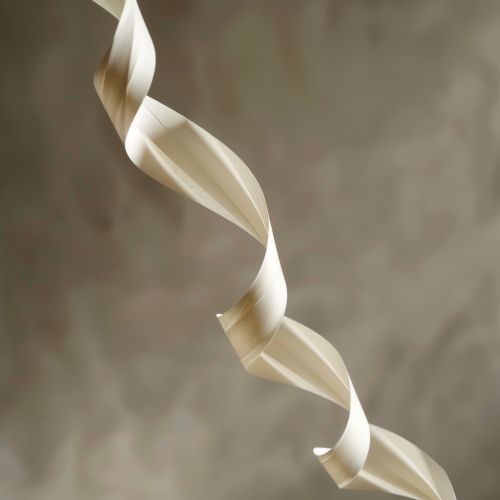Dehn Twist
Introduction
The Dehn twist, named after the German mathematician Max Dehn, is a fundamental operation in the field of topology, specifically in the study of mapping class groups and Teichmüller spaces. It is a type of homeomorphism, a continuous transformation of a topological space into itself, that plays a crucial role in the classification of surfaces and the study of their automorphisms.


Definition
A Dehn twist along a simple closed curve on a surface is defined as the homeomorphism which leaves each point fixed except those in a tubular neighborhood of the curve. For points in this neighborhood, the Dehn twist acts by rotation around the curve. More formally, if the curve is parameterized by an angle θ from 0 to 2π, then a point at a distance r from the curve is moved to the point at the same distance and at an angle θ + r.
Properties
Dehn twists have several important properties that make them fundamental tools in the study of surfaces. They are diffeomorphisms, meaning they are smooth and have a smooth inverse. They preserve the orientation of the surface, and they are compactly supported, meaning that they only affect a compact subset of the surface.
One of the most important properties of Dehn twists is their relation to the mapping class group of a surface. The mapping class group is the group of all orientation-preserving homeomorphisms of the surface, modulo isotopy. Dehn showed that every element of the mapping class group of a surface can be expressed as a product of Dehn twists. This result is known as the Dehn–Nielsen–Baer theorem.
Dehn–Nielsen–Baer theorem
The Dehn–Nielsen–Baer theorem is a foundational result in the study of surfaces. It states that the mapping class group of a surface is generated by Dehn twists. In other words, every homeomorphism of the surface that is isotopic to the identity can be expressed as a sequence of Dehn twists.
This theorem has profound implications for the study of surfaces. It reduces the study of the mapping class group, a potentially infinite-dimensional object, to the study of Dehn twists, which are much simpler and more concrete. It also provides a method for classifying surfaces based on their Dehn twists.
Applications
Dehn twists have found applications in many areas of mathematics. In addition to their fundamental role in the study of surfaces, they have been used in the study of knot theory, 3-manifolds, and symplectic geometry.
In knot theory, Dehn twists are used to define the Jones polynomial, a knot invariant that distinguishes different knots. In the study of 3-manifolds, Dehn twists are used to define Dehn surgery, a method for constructing new 3-manifolds from old ones. In symplectic geometry, Dehn twists are used to define the Fukaya category, a central object in the study of mirror symmetry.
